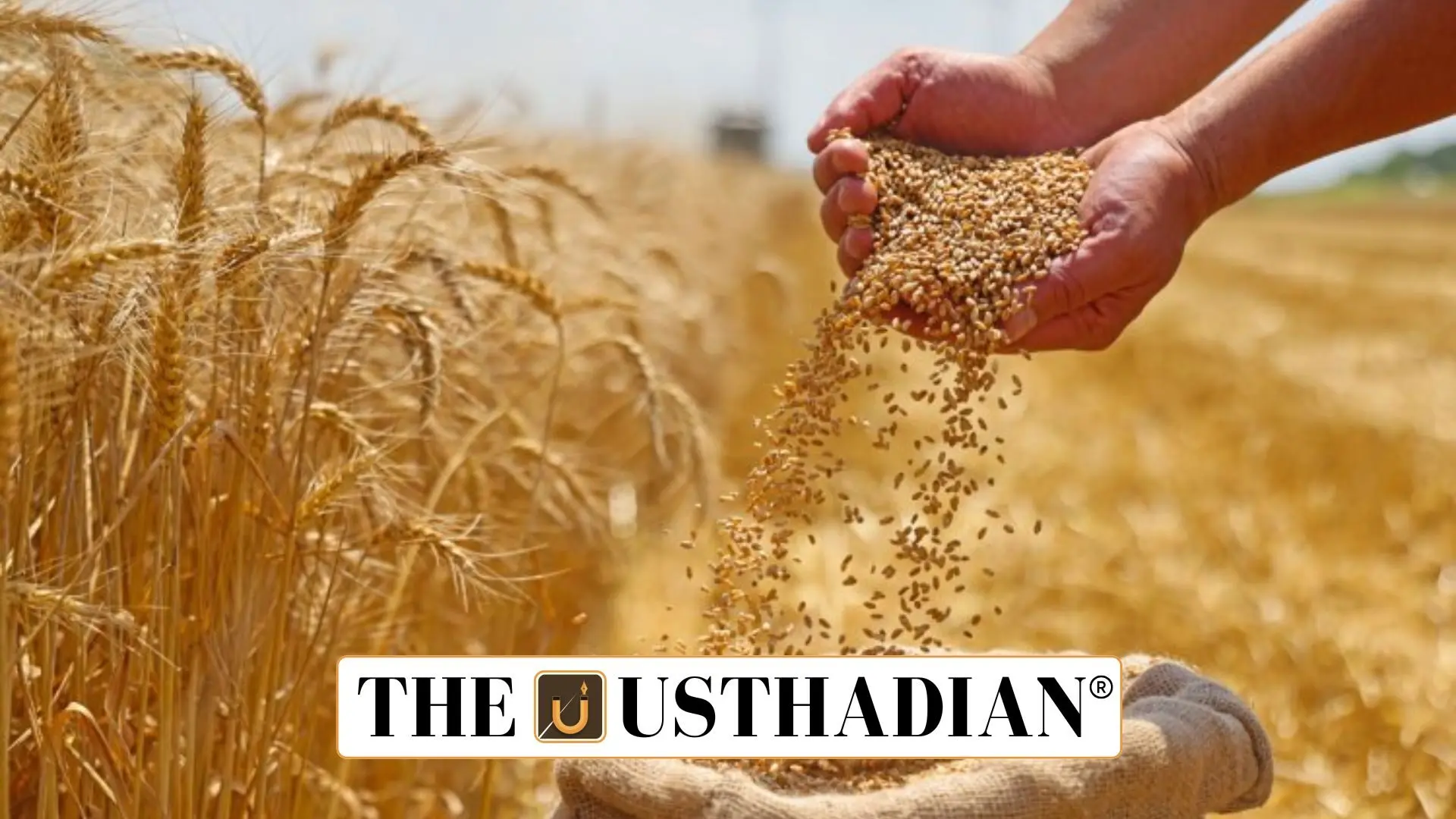Toxic Wheat Supply Raises Red Flags
Hazardous Selenium Levels Found in PDS Wheat from Punjab and Haryana: Wheat grains distributed through Public Distribution System (PDS) outlets and ration shops, primarily sourced from Punjab and Haryana, have been found to contain alarming levels of selenium, a mineral that is harmful in excess. Recent laboratory tests detected selenium concentrations of 14.52 mg/kg in unwashed wheat and 13.61 mg/kg in washed samples, both far exceeding the safe upper limit of 1.9 mg/kg as prescribed for human consumption. This revelation has triggered serious concerns regarding food safety and public health, particularly for those dependent on subsidised grain.
What Is Selenium and Why Too Much Is Dangerous?
Selenium is a vital micronutrient required in small amounts for maintaining thyroid function and protecting cells from oxidative stress. However, consuming it in excess can lead to selenosis, a toxic condition marked by hair fall, brittle nails, rashes, and neurological disorders. With wheat forming a staple in Indian diets—especially among the poor—this contamination could lead to long-term health risks for a large section of the population.
How Did Selenium Enter the Food Chain?
The source of contamination is natural, rooted in the selenium-rich geological formations of the Shiwalik hills, which stretch across parts of Punjab. During the monsoon season, rainwater dissolves selenium-laced rocks, allowing the mineral to flow into agricultural lands as sediment. These deposits build up in the topsoil, where wheat is grown, leading to elevated selenium concentrations in the final crop harvested from these fields.
Immediate Action Required from Authorities
As wheat from PDS supplies millions of households across India, there is an urgent need for regulatory agencies to assess and contain this issue. The Food Corporation of India (FCI) and state governments must prioritize testing, surveillance, and alternate sourcing to prevent contaminated wheat from reaching the public. Solutions like soil management, crop rotation, controlled procurement zones, and pre-distribution processing could help reduce selenium exposure in the future.
STATIC GK SNAPSHOT
Hazardous Selenium Levels Found in PDS Wheat from Punjab and Haryana:
| Topic | Details |
| Regions Affected | Punjab and Haryana |
| Detected Selenium Levels | 14.52 mg/kg (unwashed), 13.61 mg/kg (washed) |
| Permissible Limit | 1.9 mg/kg |
| Health Risk | Selenosis (hair loss, skin damage, nervous system issues) |
| Geological Cause | Selenium-rich subsoil from Shiwalik range |
| Contamination Route | Rainwater dissolving selenium into farmlands |
| Impacted Distribution System | Public Distribution System (PDS) / ration shops |








